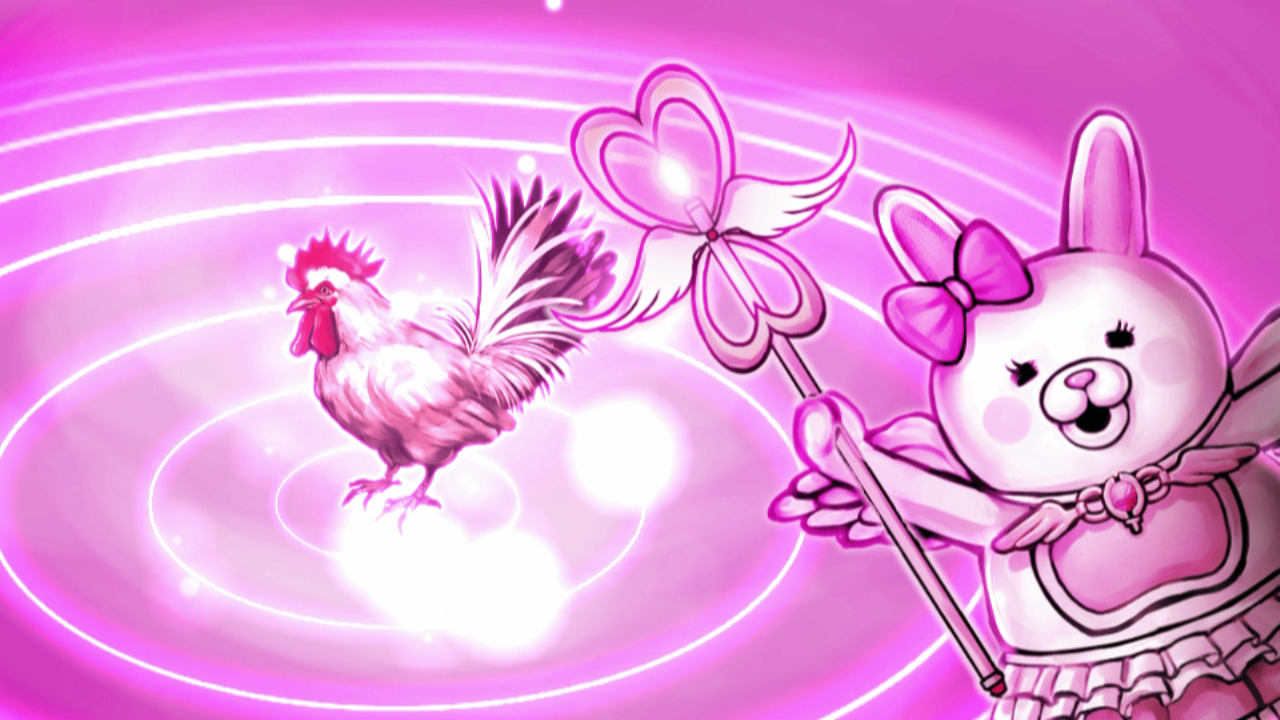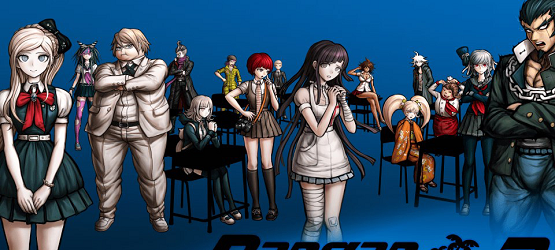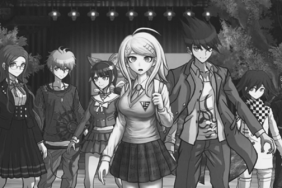If you were placed in a closed off space with 15 other people that you didn’t know, could you trust any of them? What if that question was amplified by encouraging murder amongst the group? To try to describe the Danganronpa games to somebody without spoiling things isn’t an easy thing to do. The premise is dark and mature, with exploration into many facets of the depths of the human psyche, yet its goofy appearance hides the bloody undertones of deceit, betrayal, and despair to anyone casually glancing. Danganronpa: Trigger Happy Havoc was a pleasant surprise to me, and I was overjoyed to hear that a second game was coming to follow up the largely open ending of the first one. While my review won’t contain spoilers to the first game, I still highly recommend playing it. Danganronpa 2 is a sequel to the first and players will find that many aspects of the narrative will be lost on them if they don’t have a knowledge of how Trigger Happy Havoc played out.
As in the first game, you are a high school student attending Hope’s Peak Academy, a school that collects the students with the greatest talents — known as Ultimates — in order to bring hope to the future of the world. What begins as a school trip to on a tropical island turns to a deadly fight for survival as the series antagonist, Monokuma, shows up. As in the first game, this talking stuffed bear gives a series of rules for the 16 students to follow in what he calls the “killing school trip.” The classmates are pitted against one another as there is no way off the island except to kill. After each murder, a class trial will take place, and if the murderer gets away with it, they get to go free while everyone else dies. If they are found out however, the killer gets punished themselves, which is a nice way of saying ‘executed in some sadistic way by Monokuma.’
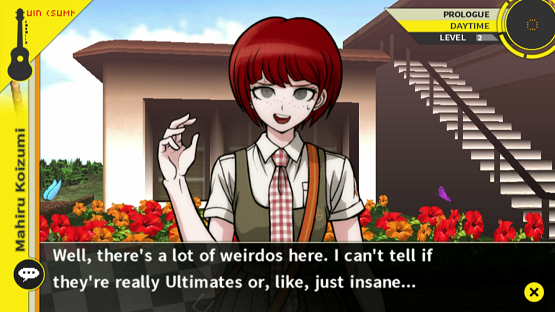
The bright and varied cast of characters makes the narrative really come to life that much more. While many characters seem to embody one personality type based largely on their ultimate talent, the characters that you do get to know further (i.e. the ones that don’t get killed off early on) have a depth to them that evolves with each class trial. I was eager to find out more about each of these characters, the world, and the overarching mystery to it all. A lot of comparisons have been made to Zero Escape: Virtue’s Last Reward, including the dark themes of hopelessness and distrust, the idea of playing a game that involves killing those you are forced to be with, and a whole lot of reading in between the gameplay portions. While a large part of the game is a visual novel, I found that I rarely got annoyed with doing a lot of reading in order to get the next bit of information for the deep story. Pacing is a little bit slow in the beginning, but when the murders start occurring, prepare to fall down the rabbit hole.
Each trial is an expertly twisting mystery that will have you guessing until the very end. The first part of each trial consists of gathering evidence by examining the crime scene and related areas, as well as talking to the other students. After you have gathered all of the evidence, the class trial begins. This stage of the game is made up of a series of mini-games utilizing the evidence that you have obtained. Some of these require objecting or agreeing with the proper parts of other character’s arguments, while others have you fending off their argument onslaught in a rhythm based game. Each little game helps to uncover the next layer of the murder and advance the trial to discover the identity of the killer.
In addition to completing the mini-game, you will also need to begin to piece together the murder and select the proper piece of evidence to advance the trial. There were a couple of instances in which the balance was off; either the mini-game demanding too much from the player, or the required piece of evidence being far too ambiguous to choose correctly. I found this fault only a few times however, so it didn’t drastically affect my experience, and overall, I loved playing out each trial to discover that I never quite fully had my finger on exactly how the murder had taken place.
In the interest of leaving mystery in both of the games (in case you haven’t played either one), I will simply say that you should not let the goofy appearing exterior of the game fool you. I wish that I could say more about the game to get people interested without giving things away, but it is something that you simply must experience for yourself in order to truly understand.
The little extras in the game help to flesh out the narrative. Similarly to the first one, there is a mode that allows you to interact with the other students without the looming fear of death hanging over each character. This helps you to get to know each of their personalities on a deeper level, even if they were one that ends up killed off early on. There is also a digital novel that goes through an alternate version of the first game’s story, with a strong focus on a specific character that got next to no attention due to being one of the first ones taken out in Danganronpa.
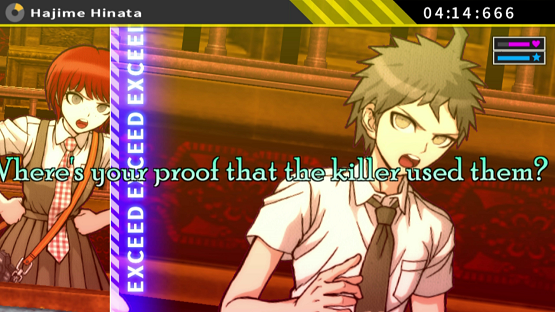
Danganronpa 2 is a masterful piece of dark mystery storytelling, with a focus on exploring morally ambiguous facets of the psyche. Each trial will drive you to the realization that despair and hope are not divergent paths, but rather a single path that shares this duality. Who can you trust? Who is capable of committing murder? What does it all mean? If you own a Vita, you owe it to yourself to play both Danganronpa titles. Well, what are you waiting for? Go on, throw yourself down the rabbit hole to experience a deep and twisting narrative unlike any other.
Review copy provided by publisher. For information on scoring, please read our Review Policy here.
-
Dark and psychological mystery narrative.
-
Bright and varied characters that bring the story to life.
-
The murder and class trial scenarios are ingenious.
-
Provokes deep thinking long after the credits roll.
-
The odd ambiguous clue can occasionally make a couple of the trials tough.
-
Some of the mini games are balanced poorly, taking focus away from the trial scenario.
Danganronpa 2: Goodbye Despair Gallery
-
Danganronpa 2: Goodbye Despair
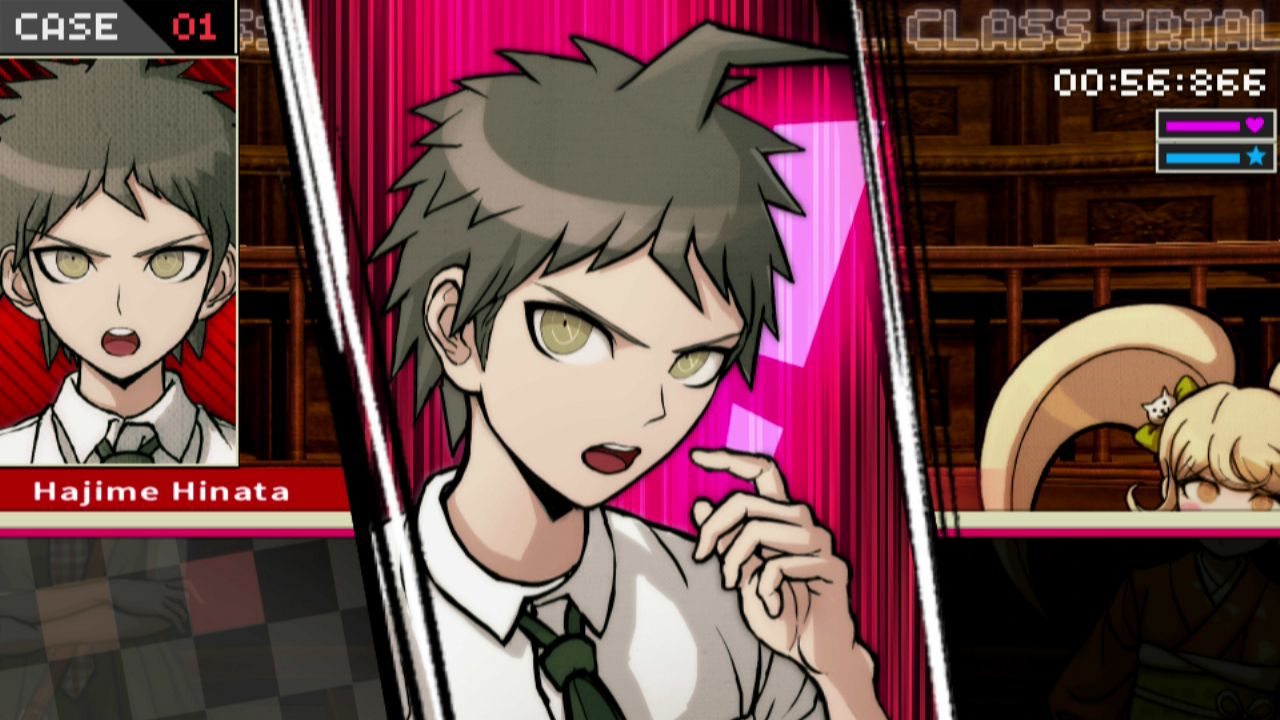
-
Danganronpa 2: Goodbye Despair
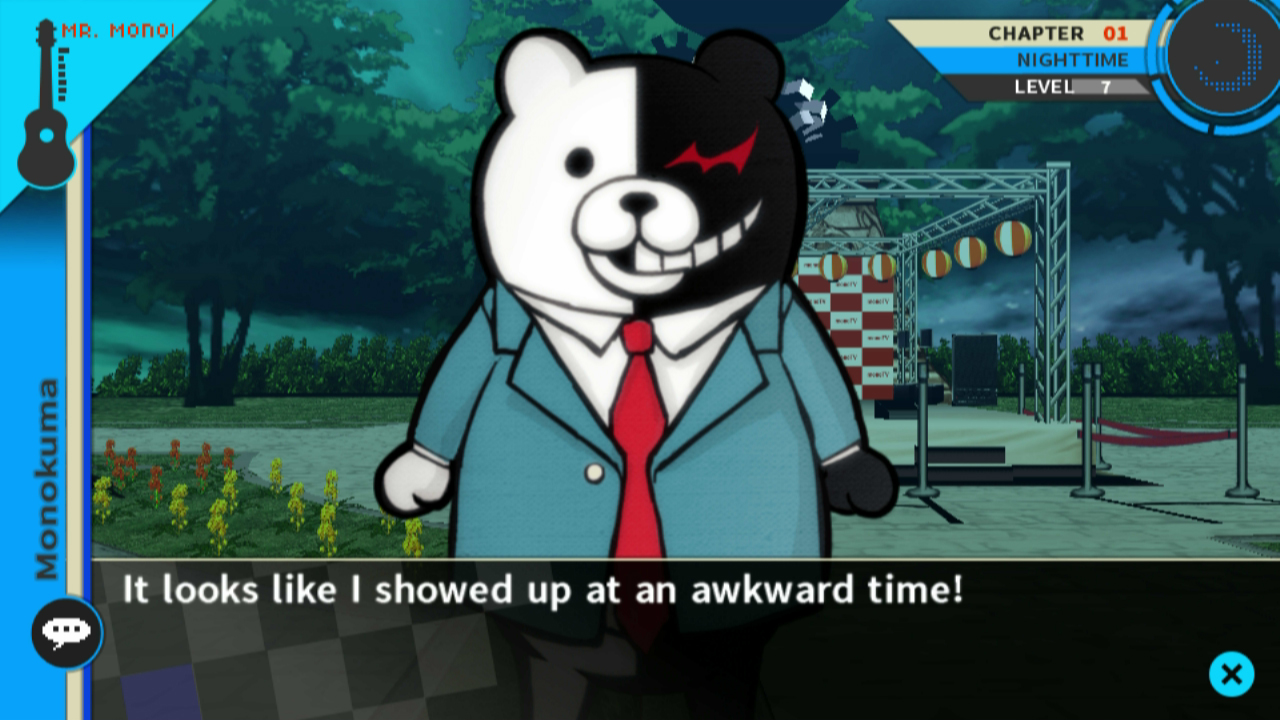
-
Danganronpa 2: Goodbye Despair
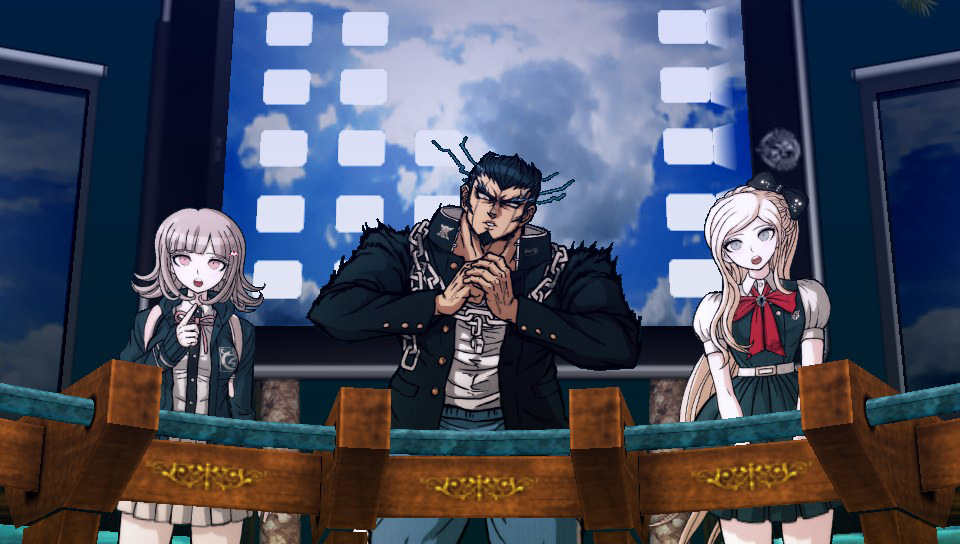
-
Danganronpa 2: Goodbye Despair
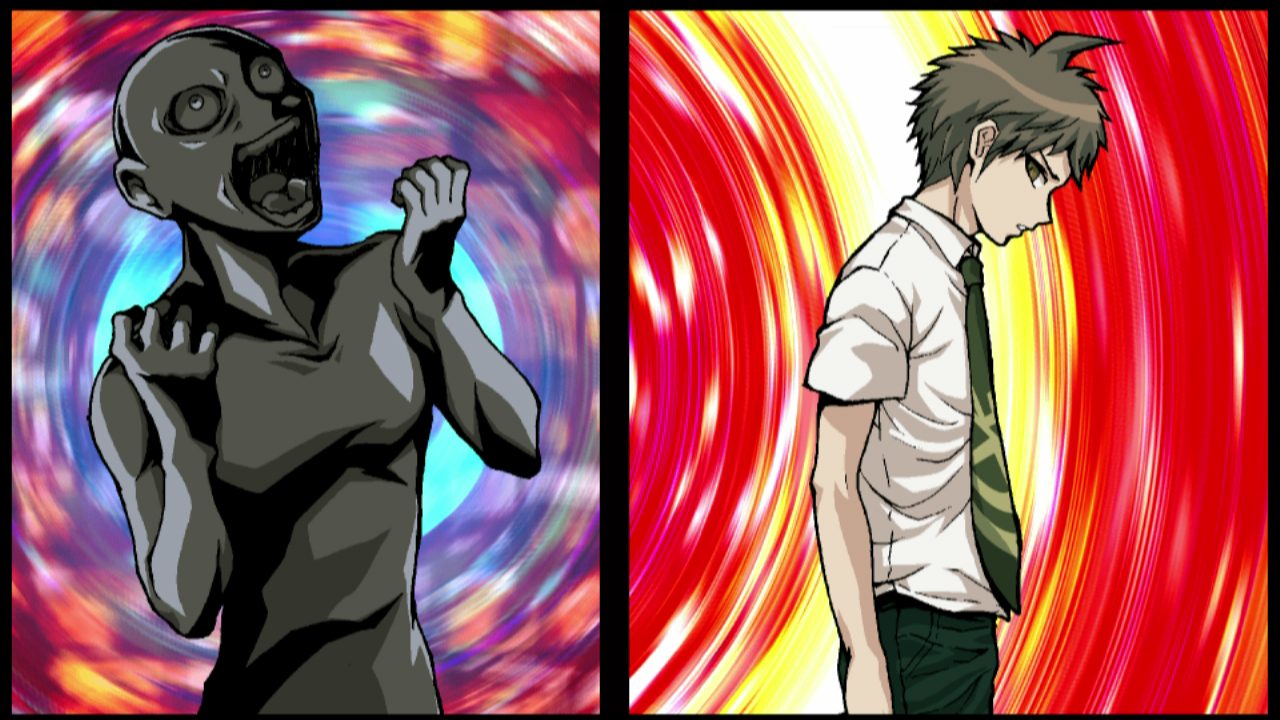
-
Danganronpa 2: Goodbye Despair
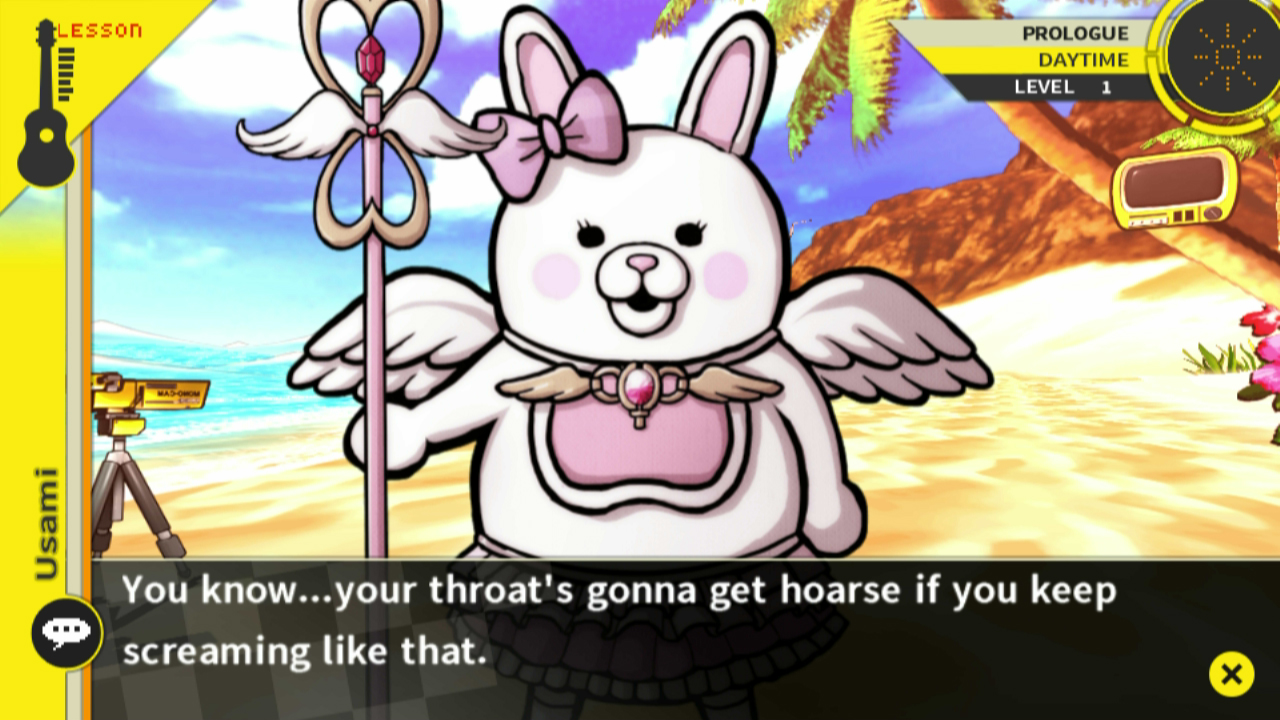
-
Danganronpa 2: Goodbye Despair
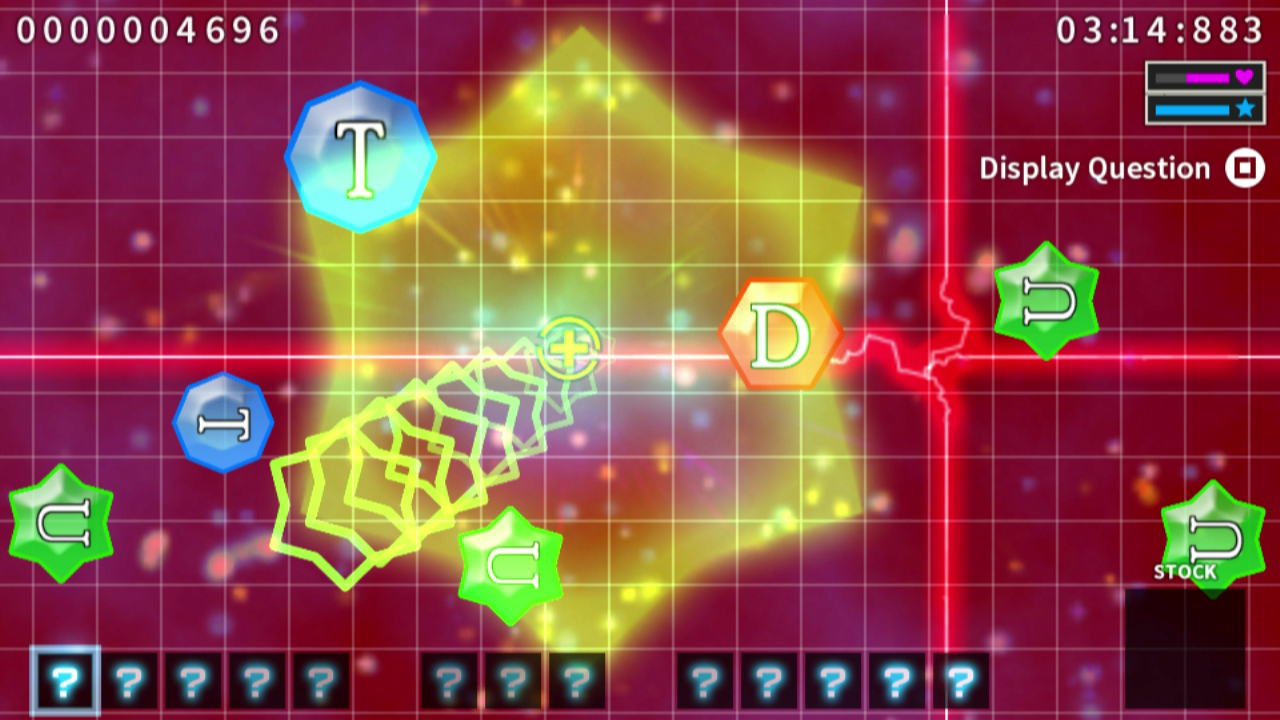
-
Danganronpa 2: Goodbye Despair
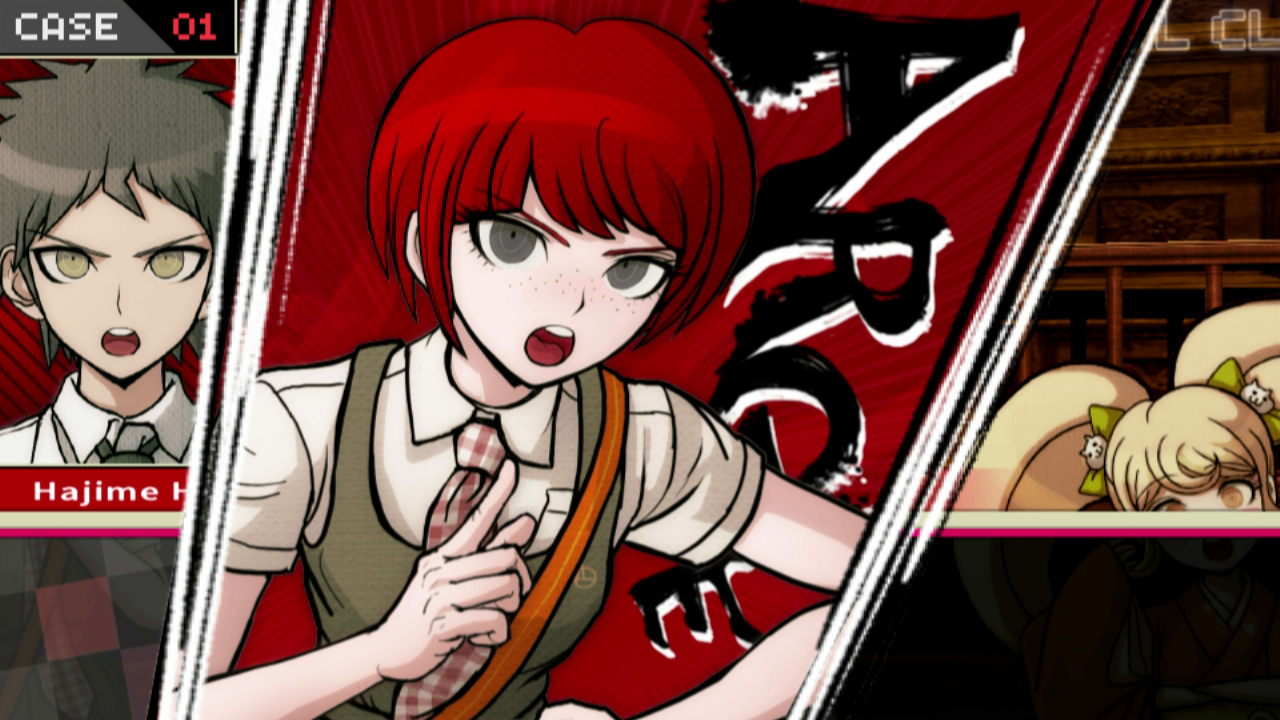
-
Danganronpa 2: Goodbye Despair
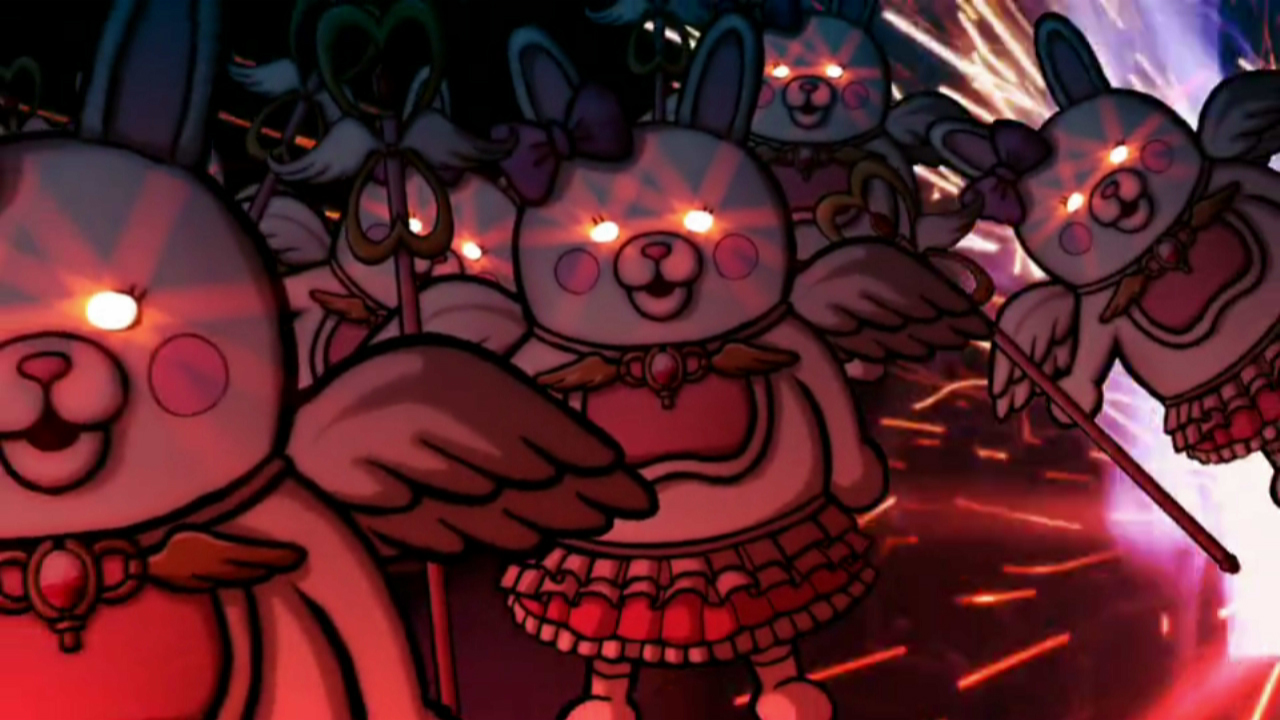
-
Danganronpa 2: Goodbye Despair
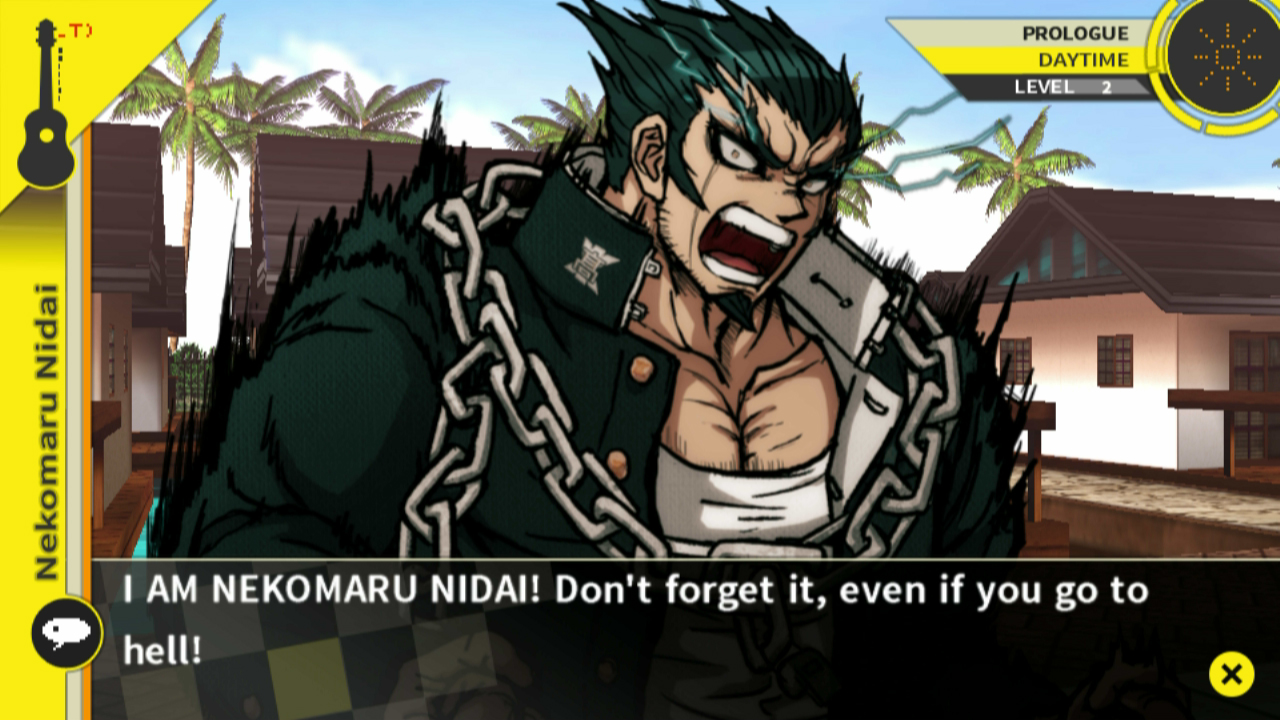
-
Danganronpa 2: Goodbye Despair
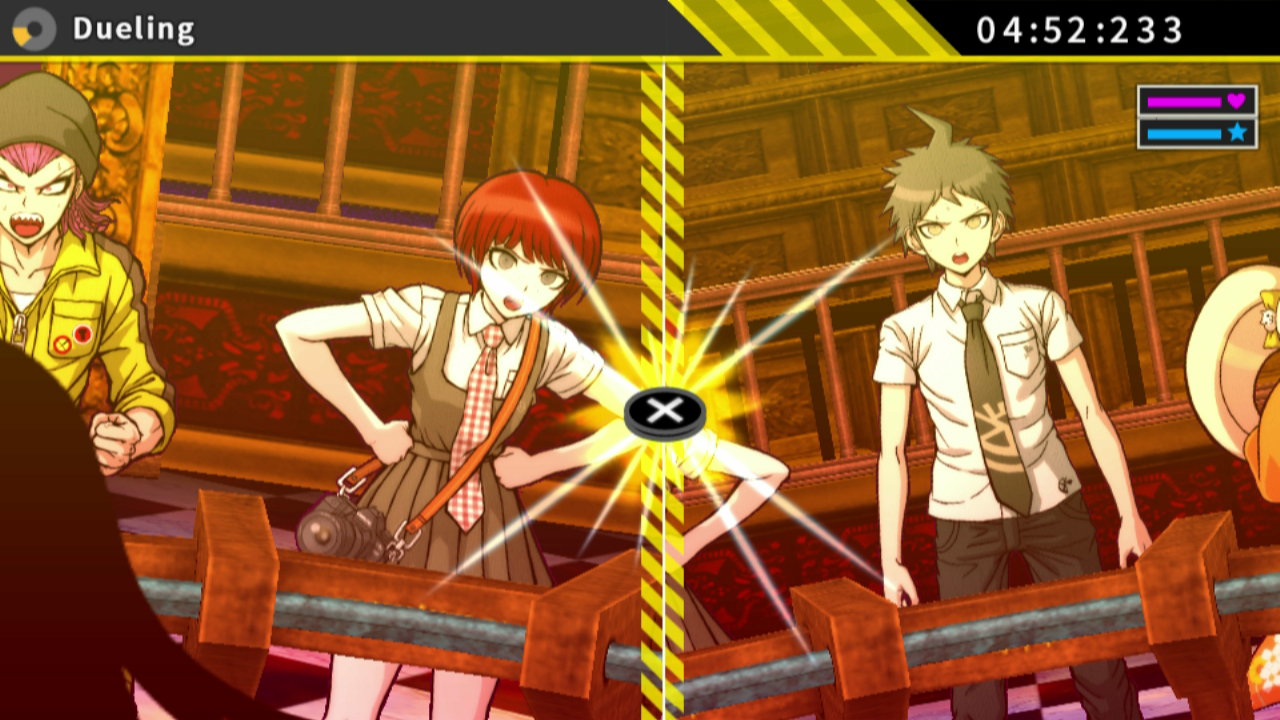
-
Danganronpa 2: Goodbye Despair
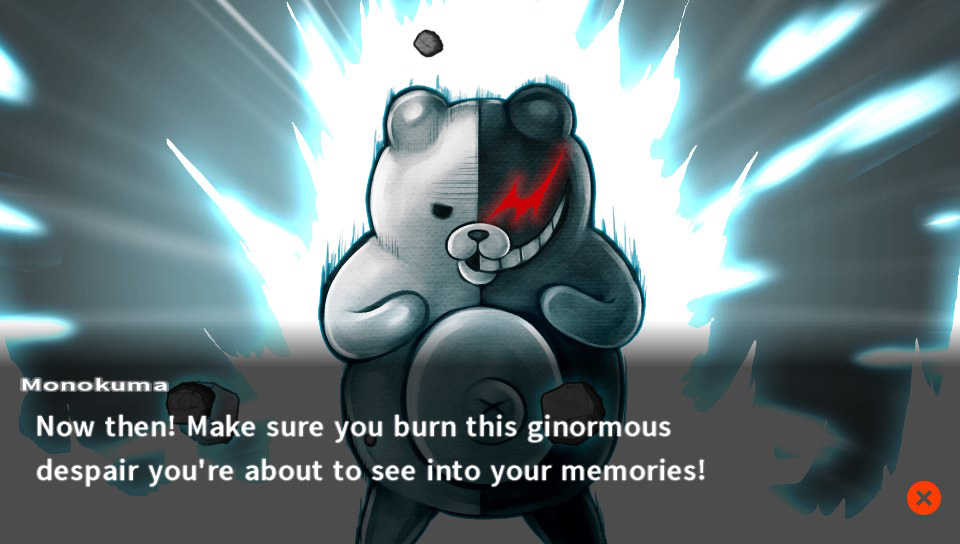
-
Danganronpa 2: Goodbye Despair
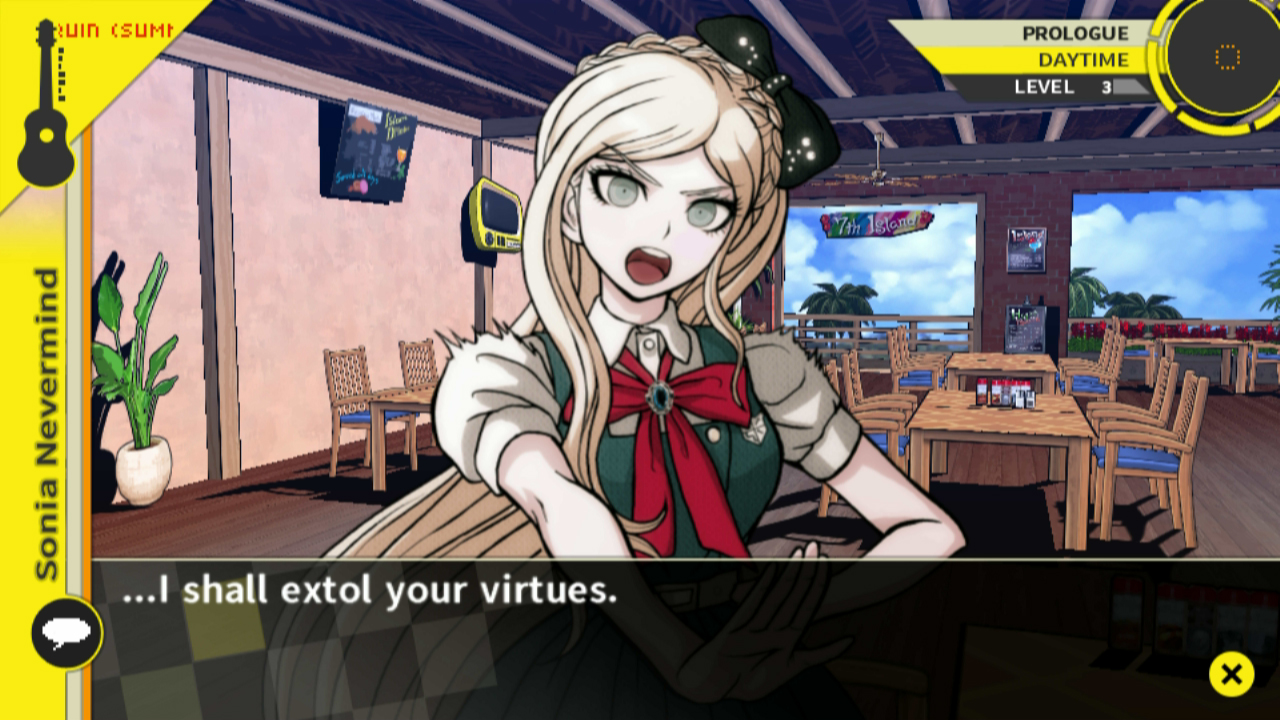
-
Danganronpa 2: Goodbye Despair
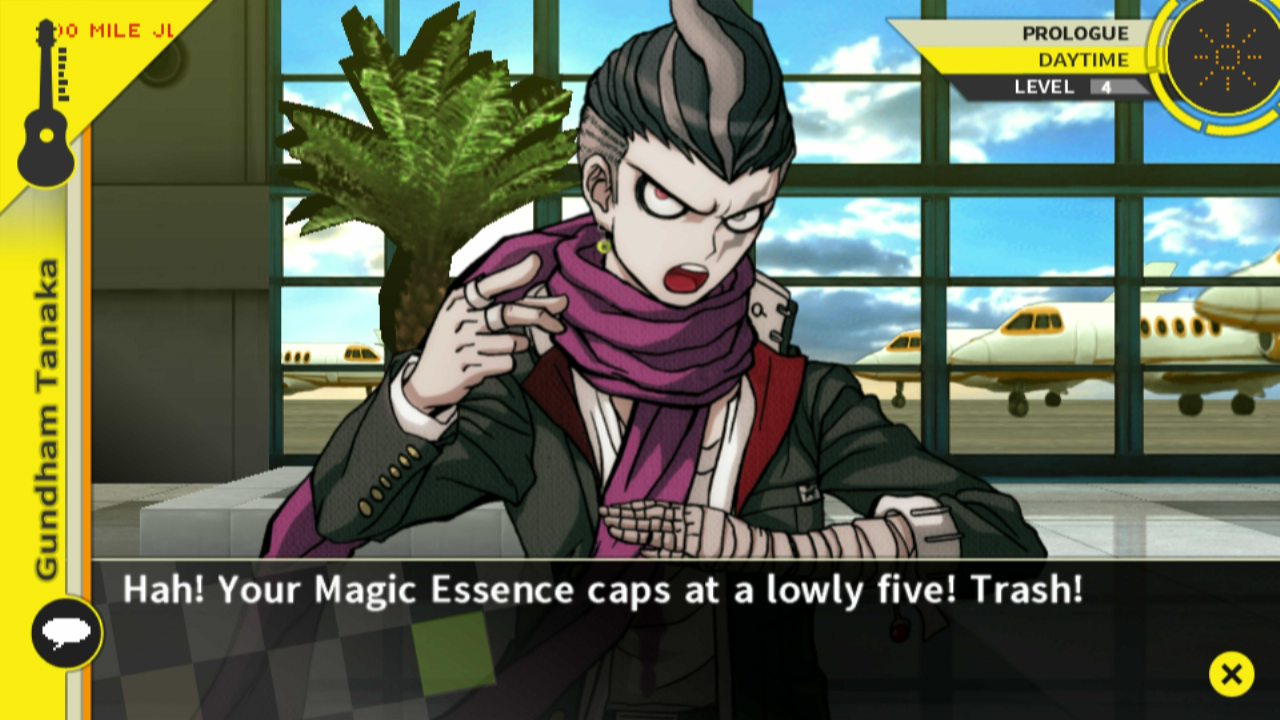
-
Danganronpa 2: Goodbye Despair
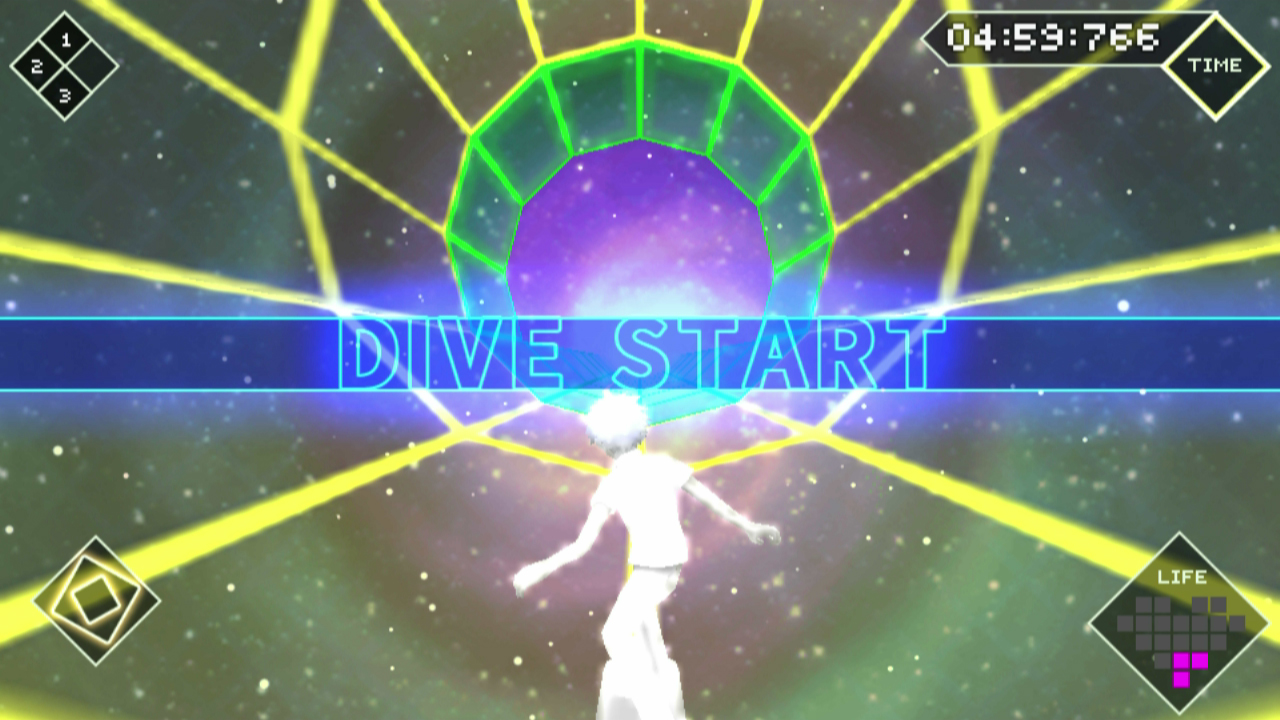
-
Danganronpa 2: Goodbye Despair
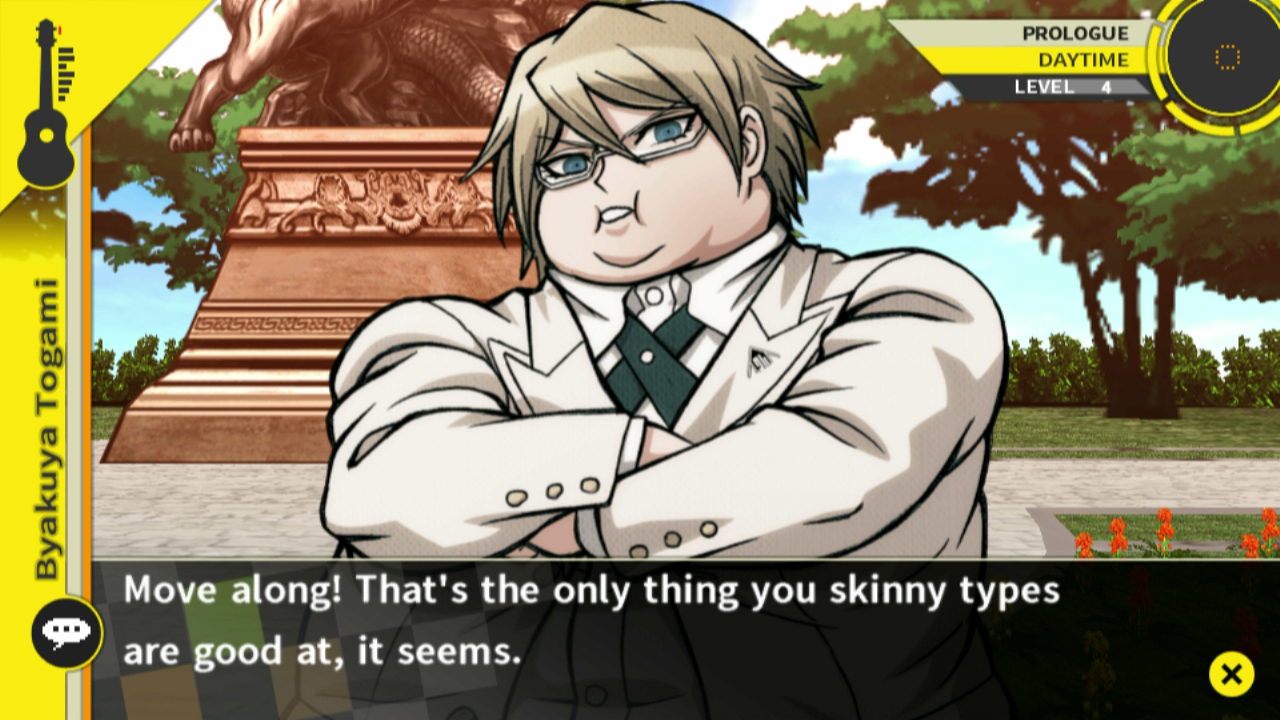
-
Danganronpa 2: Goodbye Despair
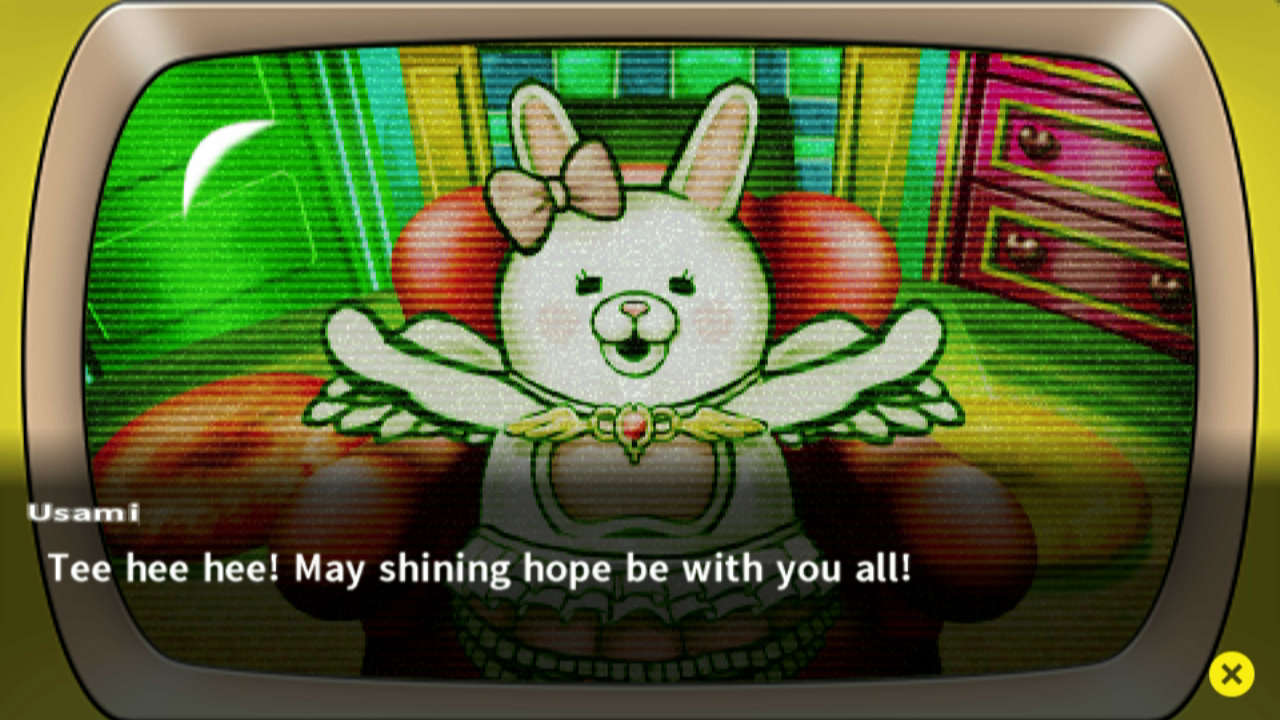
-
Danganronpa 2: Goodbye Despair
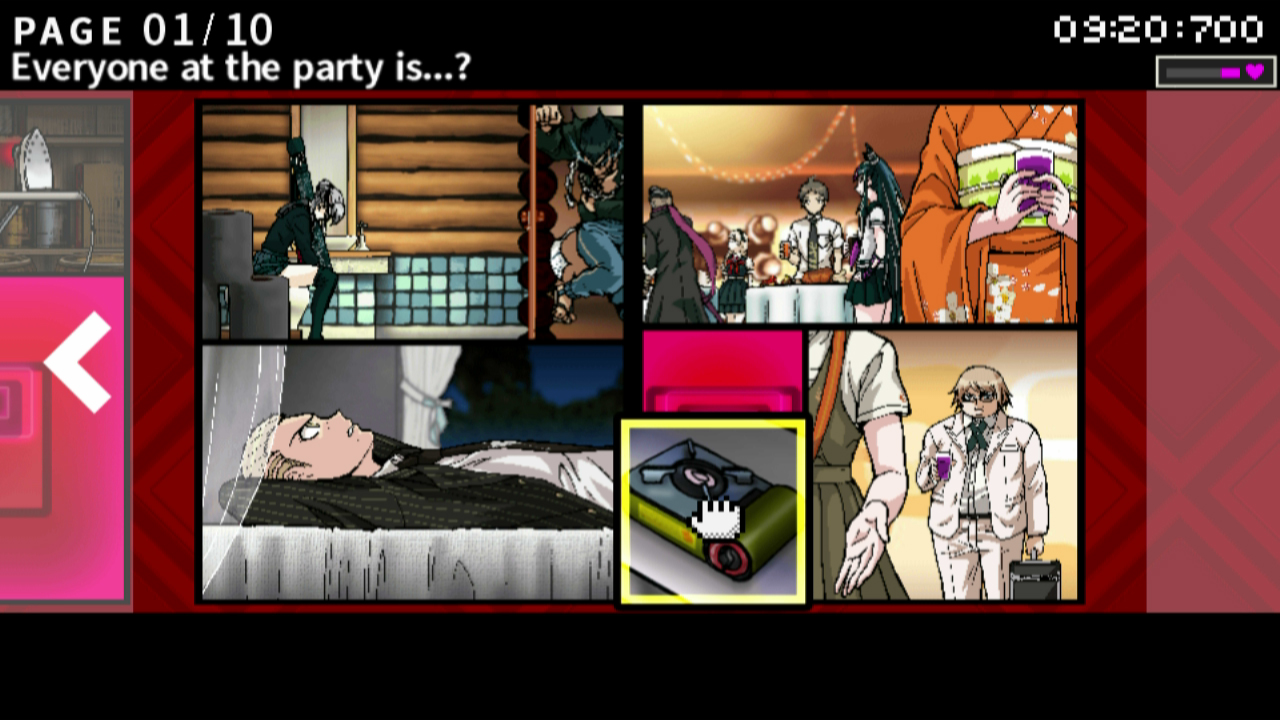
-
Danganronpa 2: Goodbye Despair
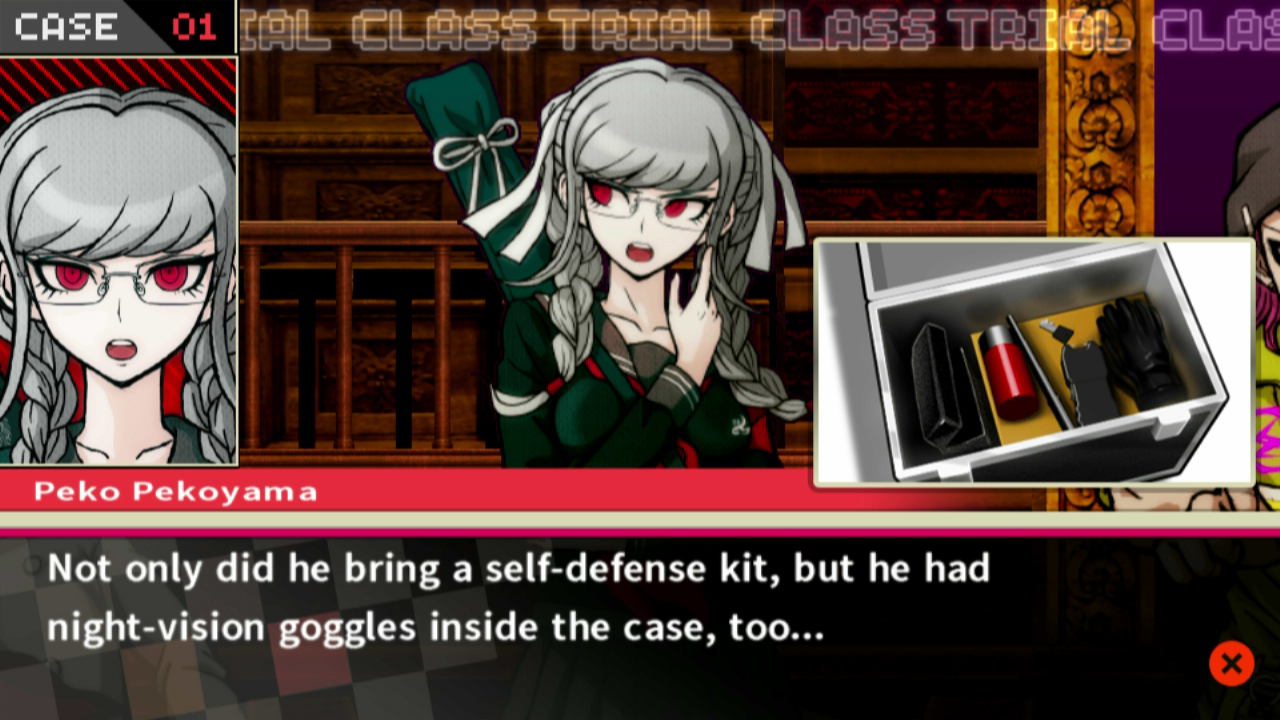
-
Danganronpa 2: Goodbye Despair
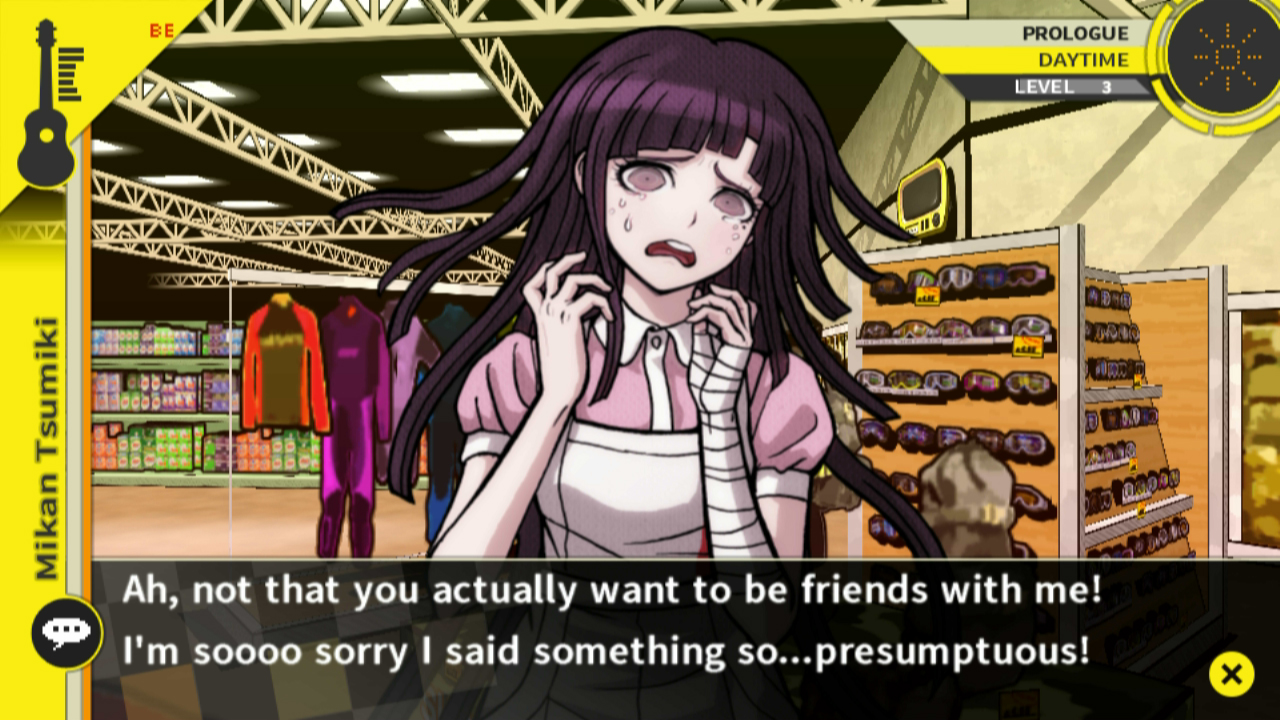
-
Danganronpa 2: Goodbye Despair
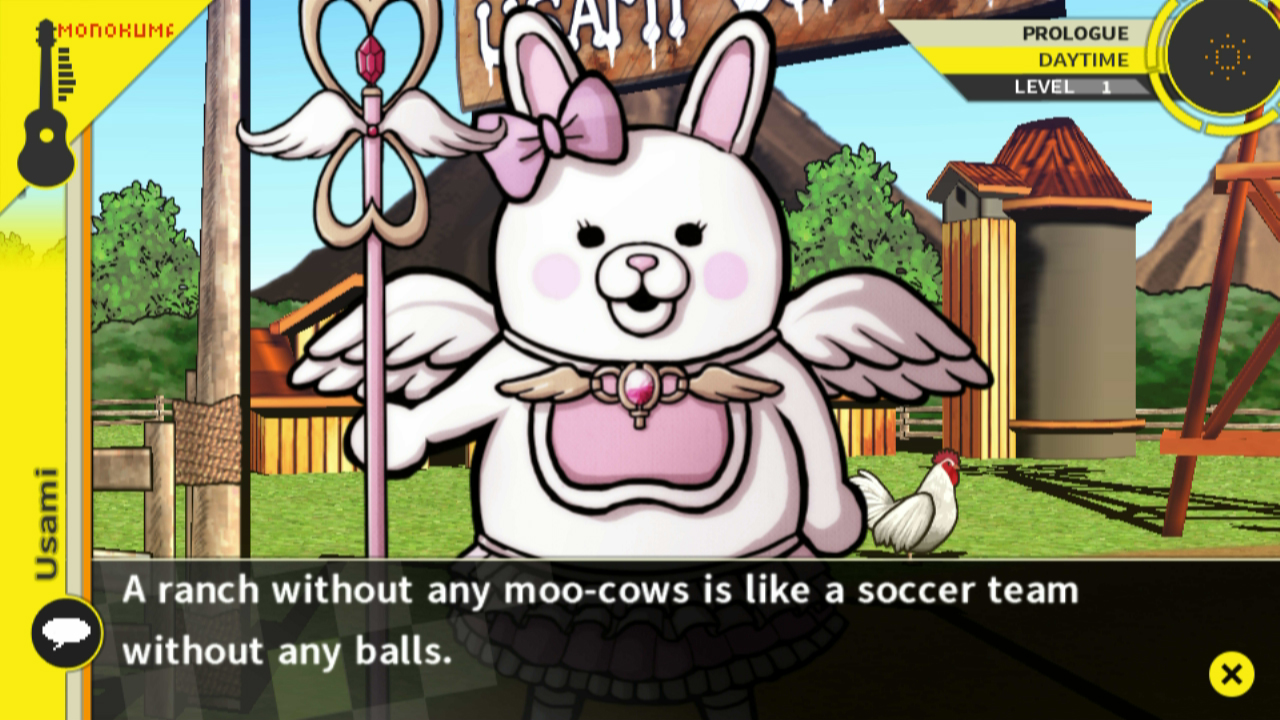
-
Danganronpa 2: Goodbye Despair
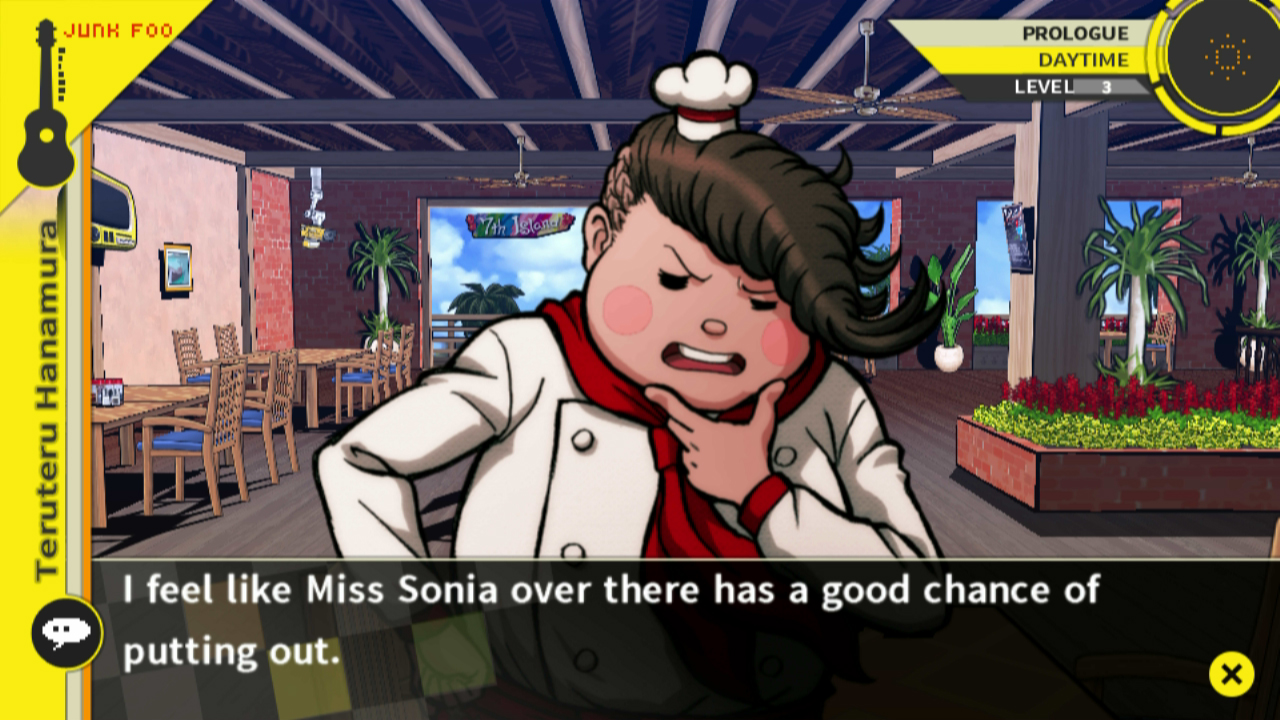
-
Danganronpa 2: Goodbye Despair
